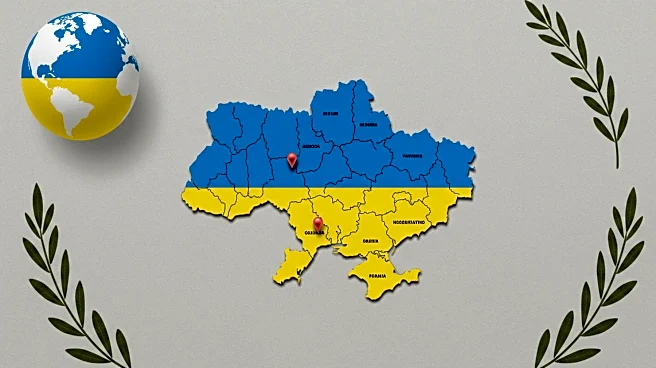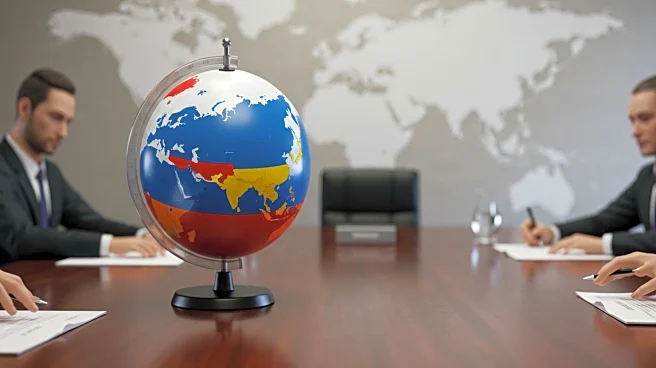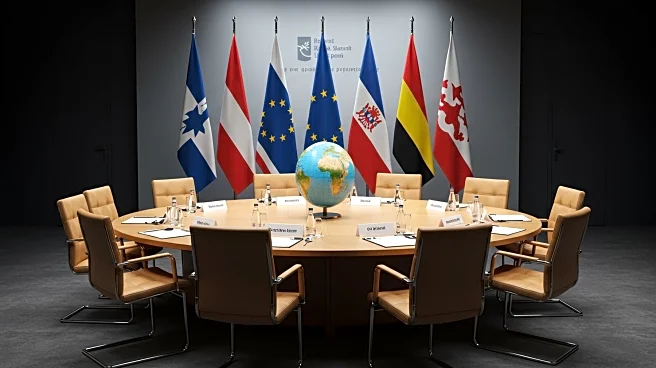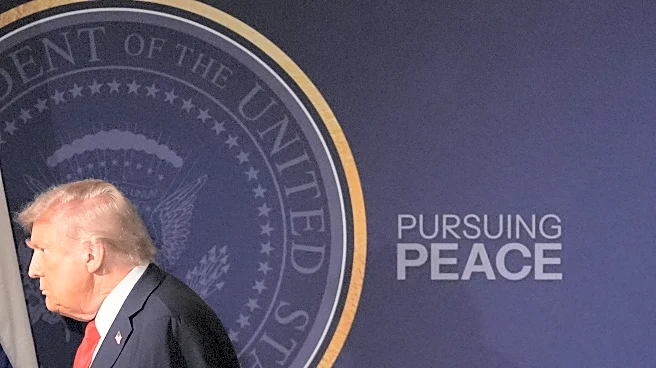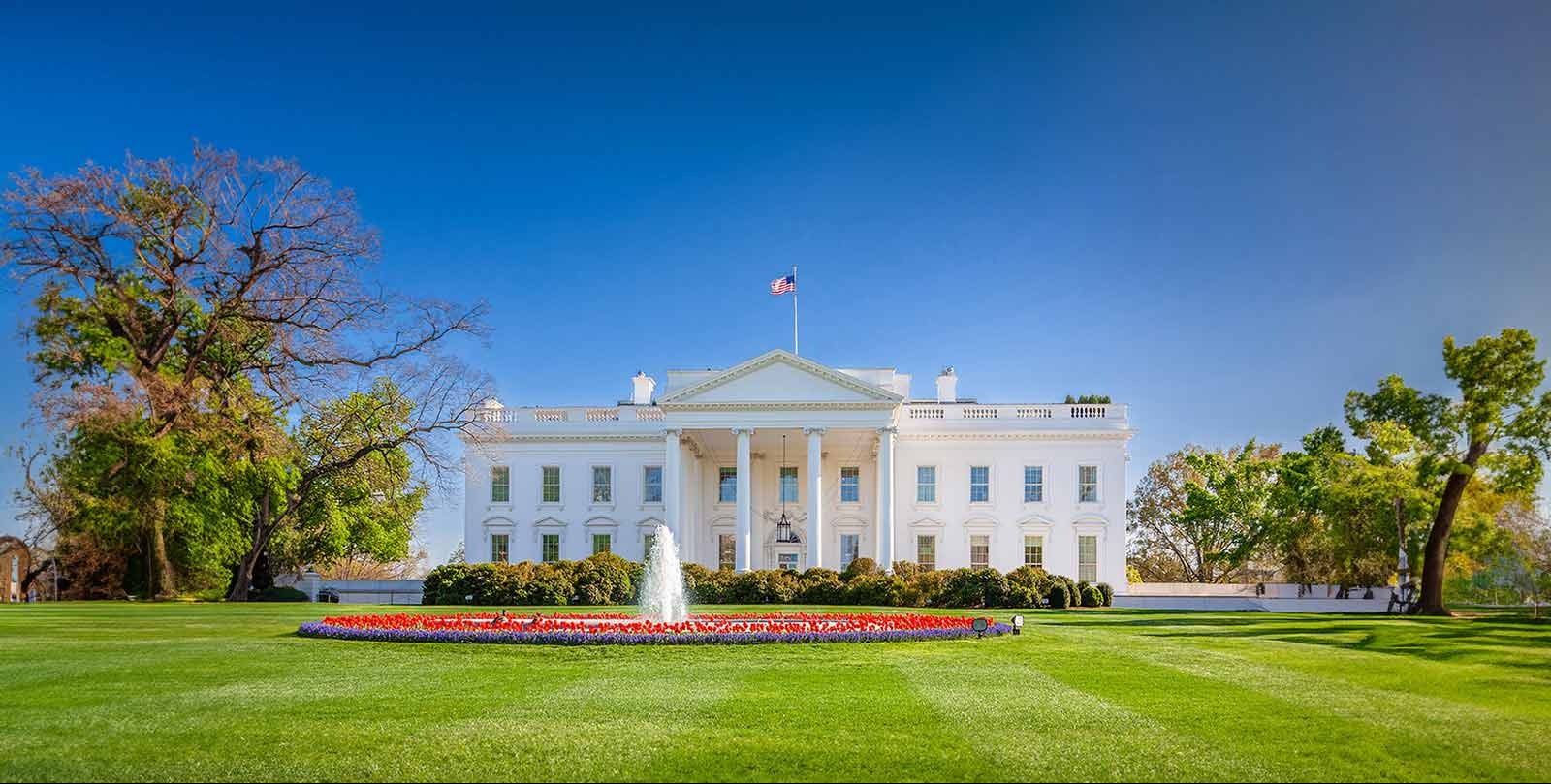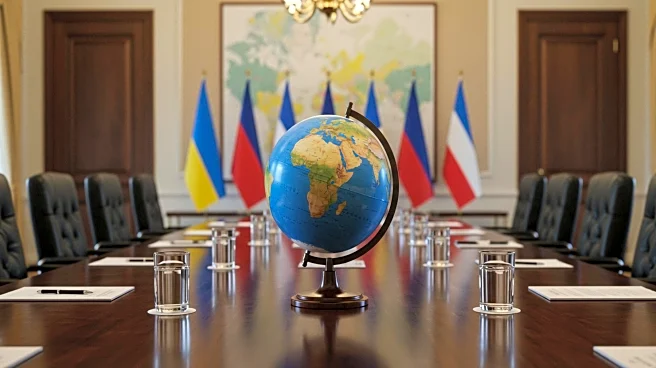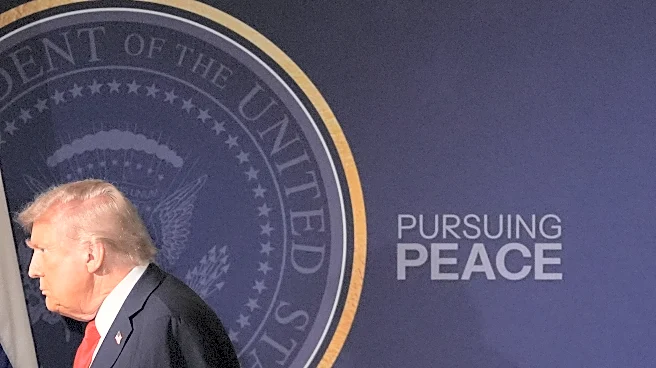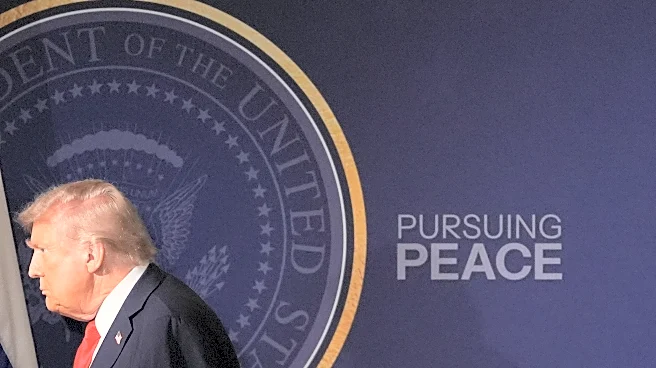What is the story about?
What's Happening?
As President Trump facilitates negotiations to end Russia's war in Ukraine, maps have been released showing territories claimed by Russia. These areas, constituting about 20% of Ukraine's land, are highlighted in recent data from think tanks. The discussions involve potential territorial concessions, including the Donbas region, which has been a focal point of conflict. Ukrainian President Zelenskyy has rejected surrendering any territory, citing constitutional constraints. The maps displayed during talks at the White House illustrate the contested regions, emphasizing the complexity of reaching a ceasefire agreement without compromising Ukraine's sovereignty.
Why It's Important?
The territorial claims by Russia and the ongoing negotiations have significant implications for Ukraine's sovereignty and regional stability. The potential for territorial concessions could alter geopolitical boundaries and affect international relations, particularly with NATO and European Union countries. The maps highlight the strategic importance of the Donbas region, which could serve as a springboard for future Russian offensives. The outcome of these negotiations could set a precedent for resolving territorial disputes and influence global diplomatic strategies.
Beyond the Headlines
The negotiations raise ethical and legal questions about territorial integrity and the right to self-determination. The potential freezing of front lines without formal territorial concessions could lead to prolonged instability and future conflicts. The cultural and linguistic ties between the contested regions and Russia add complexity to the negotiations, influencing public sentiment and political dynamics within Ukraine. The international community's response to any agreements reached will be crucial in shaping future diplomatic and military engagements in the region.
AI Generated Content
Do you find this article useful?
